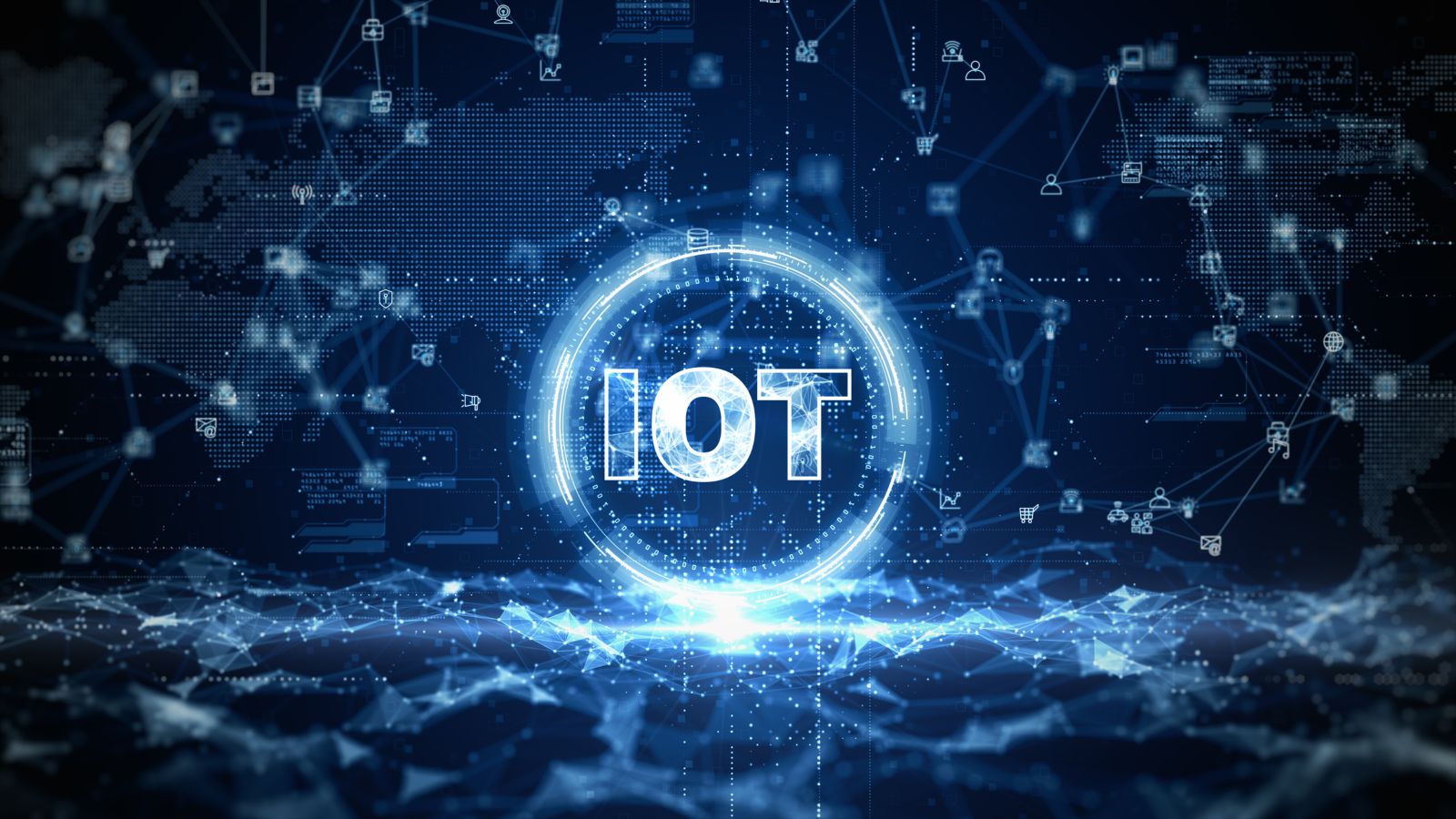Imagine a world where your coffee maker knows your daily schedule, your fridge can order groceries when you’re running low, and your car can predict traffic and suggest the best route. Welcome to the realm of the Internet of Things (IoT) – a universe where everyday objects are connected, communicating, and making our lives more efficient.
But with all these devices chattering away, there’s a massive amount of data being generated. This is where Big Data steps in. It’s the superhero that can sift through this mountain of information, find patterns, and provide insights that can transform our lives.
 Internet of Things Big Data
Internet of Things Big Data
Building upon the precursor discussion of the Internet of Things (IoT) and Big Data’s role, this part of the article delves deeper into IoT Big Data.
IoT Big Data, in essence, refers to the massive volume of data generated by interconnected devices. These are devices that form part of the Internet of Things network, a system that encapsulates numerous ‘smart’ devices. Examples include everything from refrigerators, fitness trackers, to autonomous cars. By connecting to the internet, these devices gather, generate and transmit gargantuan amounts of data – this is what forms IoT Big Data.
IoT Big Data’s growth is phenomenal, to say the least. As per some estimations, by 2025, there will be around 75 billion IoT devices worldwide. This number showcases the potential for exponential data generation.
This growth has significant implications, especially when considering Big Data analytics. It’s through analysing this data, patterns emerge, and useful insights can be drawn. For instance, data collected from a thermostat could lead to energy-saving methods, which have both a positive environmental and economic impact.
 Key Technologies Behind IoT Big Data
Key Technologies Behind IoT Big Data
IoT Big Data stems from the mingling of a myriad of technologies. These technologies facilitate the generation, capture, storage, and processing of vast amounts of data. The keystone technologies behind IoT Big Data primarily embrace Sensors and Devices, and Data Storage and Processing mechanisms.
In the sphere of IoT, sensors and devices act as the primary data producers. Tiny microchips are embedded in everyday objects, from utility metres to medical devices, creating a network of interconnected IoT devices. Over 75 billion such devices, as projected for 2025, generate a staggering amount of data. For instance, an autonomous vehicle doesn’t just drive itself; it constantly monitors the surrounding environment, collecting and processing location data, traffic information, engine performance statistics, and more.
On the other end, storage and processing tools tackle the substantial task of managing this Big Data. IoT Big Data is characteristically diverse, arriving in different formats and volumes. To handle this complexity, IoT platforms employ advanced NoSQL databases and cloud storage solutions. These secure and scalable systems store and process real-time data efficiently.
 Benefits of IoT Big Data
Benefits of IoT Big Data
Harnessing the power of IoT Big Data offers numerous advantages. It paves the path towards advancement in several industries, providing value to both businesses and consumers. We unravel below how IoT Big Data optimises decision-making and operational efficiency.
IoT Big Data significantly upgrades the decision-making process. How? It accumulates and analyses real-time data, aiding companies in making swift, informed decisions. For instance, by monitoring real-time data from equipment sensors in an industrial plant, one can predict and prevent possible equipment failures. This not only saves unnecessary downtime but also reduces maintenance costs. Likewise, Retailers can swiftly adapt their strategies based on customer purchase behaviour patterns revealed by analysing data from online sales.
Key to note, IoT Big Data doesn’t merely enhance decision-making; it revolutionises it, leading the way towards predictive analytics, machine learning, and artificial intelligence applications.
Second, IoT Big Data drives optimization of operational efficiency in a myriad of ways. Let’s delve into the realm of Supply Chain Management (SCM). Here, IoT devices, like GPS and RFID tags, generate continuous data on product location and condition, permitting real-time tracking of shipments. Analysing said data helps logistics companies streamline their operations, reducing costs, and ensuring on-time deliveries.